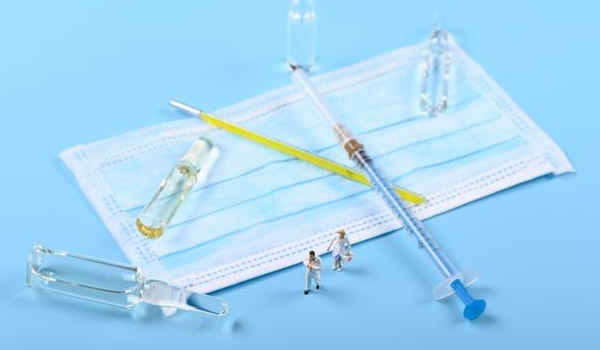Summary: Stroke is a leading cause of death and disability worldwide. Timely intervention, lifestyle changes, and awareness can significantly reduce stroke-related problems.
Introduction
Stroke is a serious health concern not only in Asia but globally. Understanding the causes, symptoms, preventive measures, and treatments can play a vital role in reducing the number of stroke cases and improving patient outcomes.

Understanding Stroke
A stroke occurs when the blood supply to a part of your brain is interrupted, depriving brain tissues of oxygen and nutrients. There are two main types of stroke: ischemic, due to blocked arteries, and hemorrhagic, caused by bleeding into brain tissue.
Medical Management and Treatment Approaches
The initial aim of stroke treatment is to restore blood flow to the brain as quickly as possible. This may involve medication to dissolve a clot or procedures to remove it. In some cases, surgery to repair blood vessel problems may be necessary. Rehabilitation is vital after a stroke to help individuals regain lost skills and learn to cope with any lasting effects.
The Role of Lifestyle
Several lifestyle factors can increase the risk of stroke including smoking, poor diet, lack of exercise, and heavy alcohol use. Therefore, lifestyle modifications play a significant role in reducing the risk of stroke. Implementing a healthier diet, regular exercise, and cessation of smoking and alcohol can drastically lower your chances of experiencing a stroke.
Clinical Research and Prevention
Current research is continuously exploring new ways to prevent, diagnose, and treat stroke. Preventively, controlling high blood pressure, diabetes, and other cardiovascular diseases are effective measures. Regularly monitoring these parameters, taking prescribed medication, and maintaining a healthy lifestyle can significantly reduce stroke risk.
Conclusions and Future Outlook
Although stroke presents a serious health issue, being aware and proactive about your health can significantly reduce its risk. Future research is promising, with continual advancements in technologies and treatment strategies.
FAQs
1. What are common symptoms of a stroke?
Common symptoms include sudden numbness or weakness in the face, arm, or leg, confusion, trouble speaking, difficulty seeing in one or both eyes, and severe headache.
2. Can stroke be prevented?
Yes, up to 80% of strokes are preventable by managing medical risk factors and pursuing healthy lifestyles.
3. Are strokes immediately fatal?
Not always. Immediate medical intervention can save life and minimize stroke-related damage.
4. What is a mini-stroke?
A mini-stroke, or transient ischemic attack, is a temporary clot. Despite not causing permanent damage, it's often a warning sign of a future stroke, requiring immediate medical attention.
Editor's Note
Remember, when it comes to stroke, "Time is brain" - the faster you act, the more brain tissue can be saved. If you or anyone around you experiences stroke symptoms, seek immediate medical help. Regular check-ups and healthy lifestyle changes are your best defense against this significant health concern.
User Comments
H. Wright: gave me clarity on something my doctor mentioned.
I. Garcia: I appreciate how the risks and treatments are clearly laid out.
Owen Baker: Finally found something reliable on this topic. Thank you!